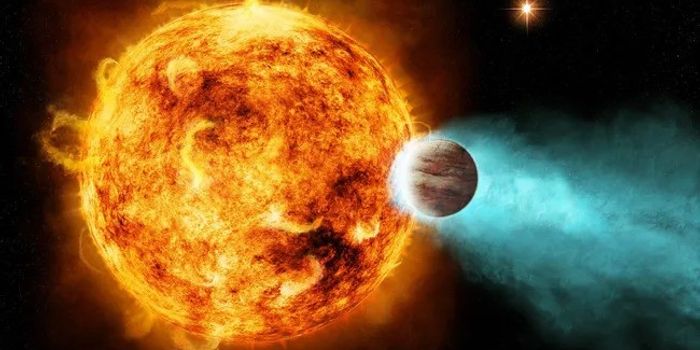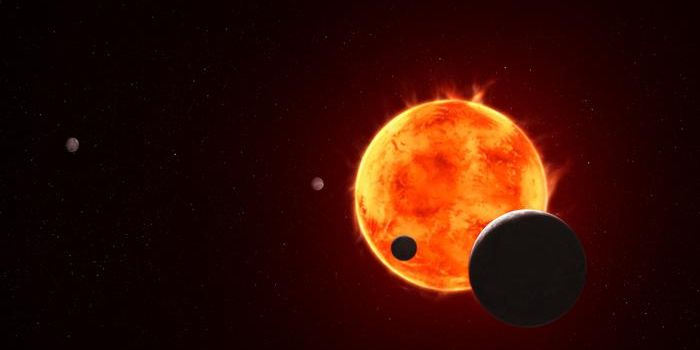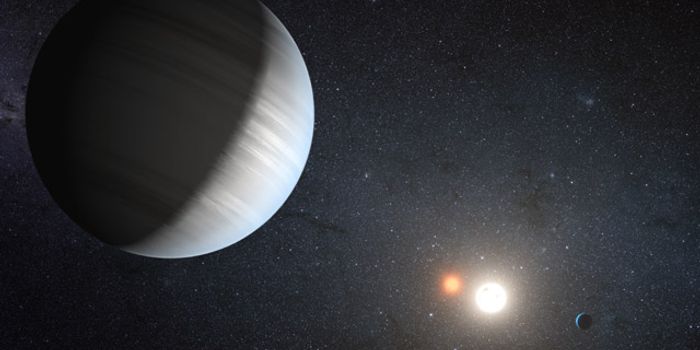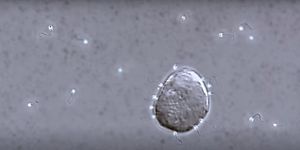The Future of Data Storage: Fluorescent Molecules
There is a data storage problem.
Not every piece of information can be stored in the cloud (aka: on the internet); some of it needs to be held on hard drives. Traditional methods can be expensive, consume energy inefficiently, and take up a lot of space. The shelf lives of some of the more common methods— optical media, magnetic media, and flash memory— usually last less than 20 years, no matter how many bytes of information they may be able to store.
We measure data storage in bits and bytes. You’ve probably seen these values before: for instance, many phones contain something like 16 or 32 gigabytes of storage. One gigabyte is 109 bytes of storage, and each byte is made up of 8 bits. The word “bit” comes from a contraction of the phrase “binary digit,” meaning that one bit holds a single piece of information, either a 1 or a 0. So, when someone tells you their phone has 16 gigabytes (GB) of storage, with some quick math, you can tell that their phone can store 128,000,000,000 bits of information.
At first, scientists investigated organic molecules to solve their data storage problem. DNA is dense and can store ∼1018 bytes/mm3, so synthetic DNA, in theory, could be created using its inherent four-nucleotide structure to store information. However, this approach had significant drawbacks due to the slow readability and sequencing capabilities inherent to the molecule. Nonbiological polymers were also tested, but due to the extensive purification and synthesis process, these weren’t any more effective than the traditional storage methods.
A team at Harvard University had a solution. In a paper published by the American Chemical Society, they demonstrated that fluorescent molecules could store massive quantities of data. Information is written onto a reactive polymer by an inkjet printer, similar to the ones you might find in your home, and then read using a fluorescent microscope.
First, the data is converted to ASCII, the American Standard Code for Information Interchange. ASCII is a way to represent numbers as text. Then, the information is translated again to binary for printing.
The information is printed onto dots on the reactive polymer. To visualize this, think of a thin surface with thousands of dots arranged neatly into a grid. Each of those dots is a byte containing 8 bits of information. The 8 bits are represented by different fluorescent colors, so if the color is present, the machine reads a 1, and absent is a 0.
The data stored in these fluorescent molecules can be read over 1,000 times without the dye losing intensity, even given the concern that the molecules could be photobleached. Researchers also prove that their methods could be used to store images (in addition to text) by encoding and decoding a picture of Michael Faraday.
The researchers’ solution to data storage is unique. It solves many of the common problems facing data storage methods today: it’s cheap, doesn’t use a lot of energy, and is a resilient form of storage. Fluorescent molecules might just be the future of long-term data storage.
Source: American Chemical Society










